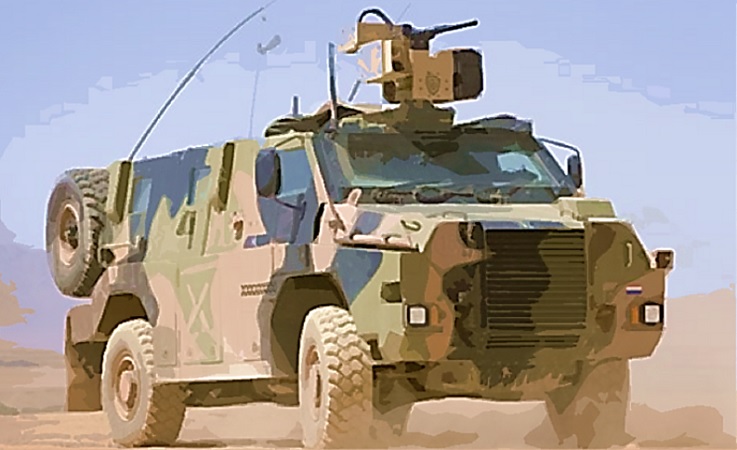Author: Victor Abramowicz | The Interpreter (Lowy Institute) | Published 20 July 2020
Defence’s $270 billion shopping list has some surprising inclusions… items that have largely escaped notice but are interesting because of their value, proximity, implications, novelty – or because they’re just plain weird.
The recent release of the Defence Strategic Update and Force Structure Plan provided an outline of the [Australian] government’s defence policy and capability priorities for the next decade. The Force Structure Plan in particular helps define how an additional [AUD] $270 billion will be invested to deliver critical capabilities for a more lethal, flexible, enhanced and independent Australian Defence Force (ADF) – and principally aimed at China.
Defence’s $270 billion shopping list has some surprising inclusions… a close reading of the document reveals items that have largely escaped notice but are interesting because of their value, proximity, implications, novelty – or because they’re just plain weird.
- [T]he plan allocates up to $23.7 billion from 2025–40 for the defence of deployed forces against ballistic and high-speed missiles. This is an astonishingly large sum… [and i]t will be interesting to see where and how this money is spent, and how quickly.
- On the issue of proximity to service, the plan’s references to futuristic-sounding offensive hypersonic weapons may be here sooner than is well recognised… the US Army, Air Force and Navy all plan to have weapons in service starting from 2022 or 2023, so they may arrive on our shores soon…
- [T]he plan commits to buying advanced sea mines as a deterrent, with the Strategic Update noting these could be used to “secure Australia’s maritime approaches”. Yet practically this means placing them within Indonesian waters… Jakarta’s response to any such actions will be intriguing.
- In the area of novelty, the plan somewhat blandly mentions that Defence will develop options to engage in “space control”… [and] the ADF’s doctrinal publication notes space control actually involves “employing offensive and defensive measures that mitigate the adversaries’ ability … by attacking their [space] capabilities through deception, disruption, degradation, denial or destruction”. In short, Defence may well be preparing itself to get involved in the shooting side of a war in space.
- Finally, the strangest proposal in the plan must surely be for the development of laser guns able to be mounted on vehicles and “defeating” targets up to and including main battle tanks…
Read the full article (link to the Lowy Institute’s The Interpreter)

